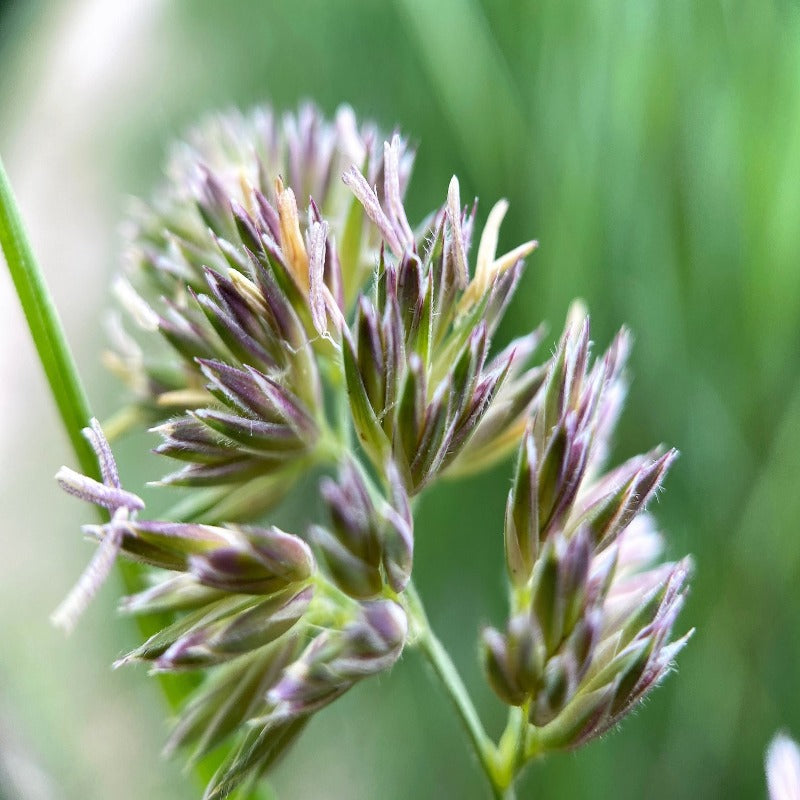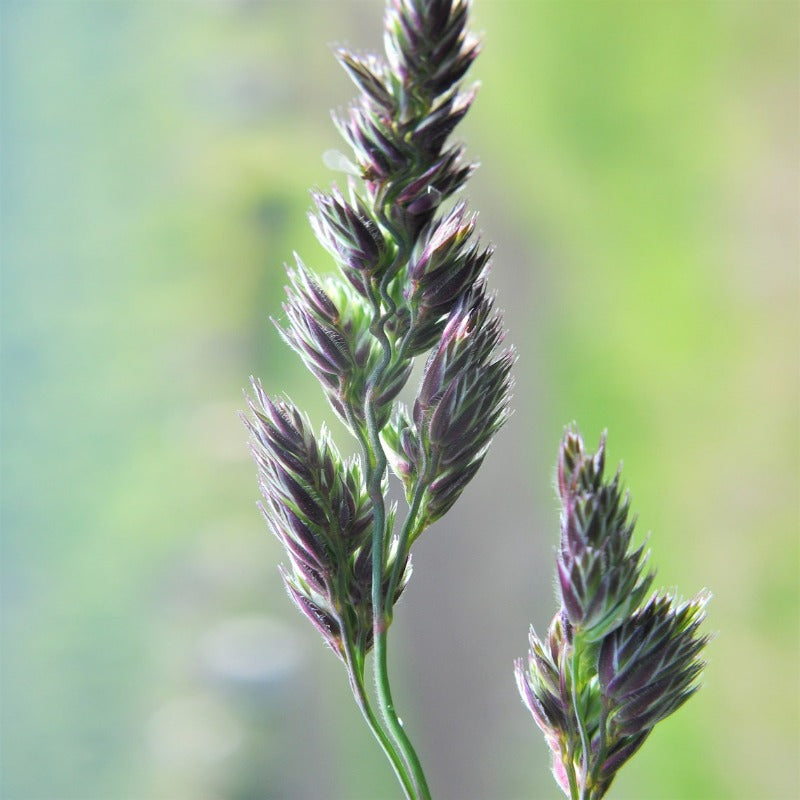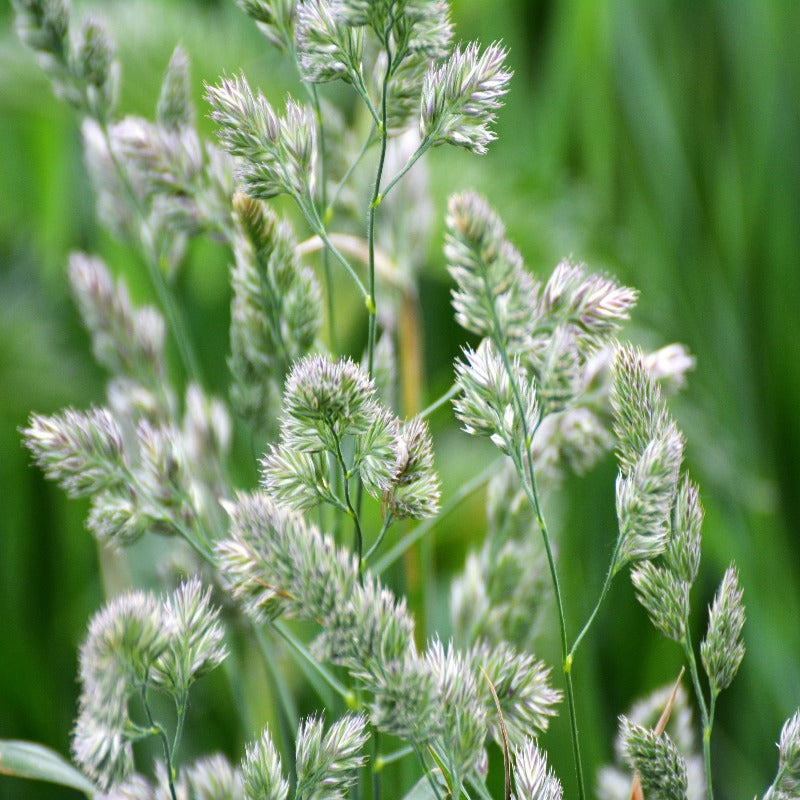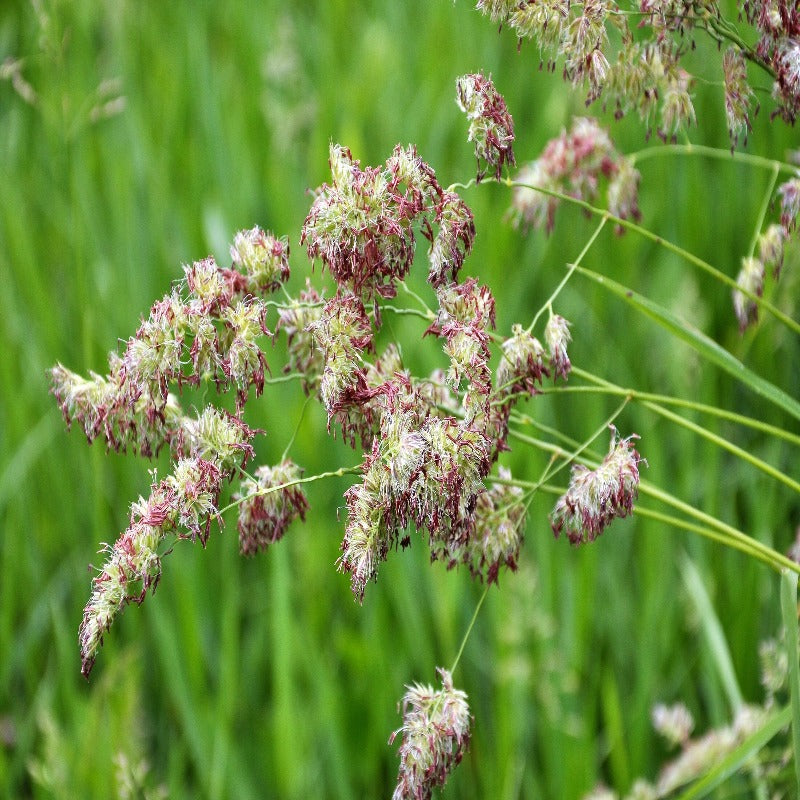- Historical context: Cocksfoot, also known as Dactylis glomerata, is a perennial grass species that has been used for centuries as forage for livestock. It is also commonly referred to as Orchard Grass.
- Geographical origination: Cocksfoot is native to Europe, Asia, and North Africa. It has been widely naturalized in North America and other parts of the world.
- Relevant cultural significance: Cocksfoot has been an important grass in agriculture due to its high yield and nutritional value for livestock. It is also used in some regions for erosion control and as a cover crop.
- Time period of discovery: The use of Cocksfoot dates back to ancient agricultural practices, but it became more widely recognized and cultivated in the 18th and 19th centuries.
- Original habitat: Cocksfoot thrives in meadows, pastures, and open woodlands. It prefers well-drained soils and can be found in both temperate and subtropical regions.
- Notable historical uses: Historically, Cocksfoot has been used primarily as a forage grass for grazing animals. It has also been utilized in hay production and as a component of mixed grass pastures.
- Ideal temperature range: 15-25°C (59-77°F)
- Soil type: Prefers well-drained, fertile soils with a pH range of 5.5 to 7.5.
- Sunlight requirements: Full sun to partial shade
- Watering needs: Requires moderate watering. Ensure the soil remains moist but not waterlogged.
- Planting season: Best planted in early spring or late summer.
- Germination time: Typically germinates within 7-14 days under optimal conditions.
- Growth cycle duration: Cocksfoot is a perennial grass, meaning it will grow and produce for multiple years.
- Common pests and diseases: Common pests include aphids and grasshoppers. Diseases such as rust and leaf spot can affect Cocksfoot.
- Companion planting advice: Cocksfoot can be planted alongside other forage grasses and legumes such as clover to improve soil fertility and provide a balanced diet for grazing animals.
- Common challenges and solutions: Challenges include susceptibility to drought and poor soil conditions. Solutions involve regular watering during dry periods and soil amendments to improve fertility.
- Nutritional values: Cocksfoot is rich in fiber and provides essential nutrients for livestock, including protein, vitamins, and minerals.
- Health benefits: For cats, Cocksfoot (often referred to as Cat Grass) aids in digestion and helps prevent hairballs by providing roughage.
- Culinary uses: While not typically used in human cuisine, Cocksfoot is an important component of animal feed.
- Medicinal uses: Primarily used for its digestive benefits in cats and other pets.
- Other unique advantages: Cocksfoot is valued for its ability to grow in a variety of soil types and its resilience to grazing pressure. It also helps in soil stabilization and erosion control.












